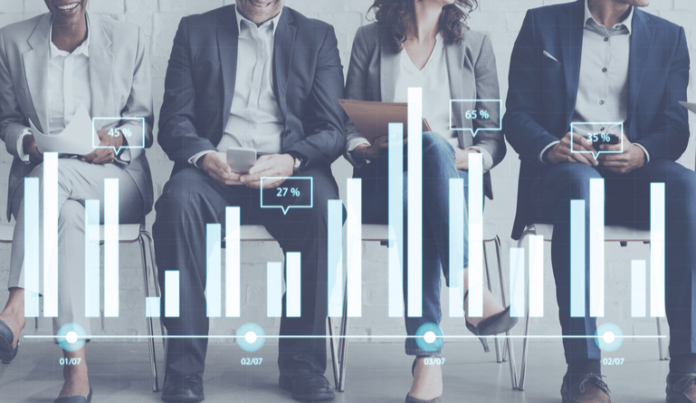We witnessed last year how essential data-driven HR is for managing day-to-day company operations while also changing how we work in the COVID age. However, according to People Analytics specialists, 2021 is when several fascinating HR and People Analytics developments materialize and become necessary for the company.
Here is a list of the top people analytics trends that gain traction rapidly in 2021:
Greater focus on employee interest:
Over the last few years, employee interest and experience have become increasingly important. Employee interests and experience include an employee’s attitude to their firm throughout their lifetime, including onboarding, training, performance, management, and remuneration.
Upskilling and reskilling:
One of the significant people analytics trends for 2021 is employee skill development. Since 2020 has altered the whole work environment, firms have made specific that organizational objectives are carried out online and without hindrances. People have to re-learn computer skills and expand their expertise to operate remotely. Companies were concentrating their efforts on developing digital capabilities, which was becoming an increasingly essential aim.
Redesigning HR systems:
Before the start of covid-19, HR systems collected very little data on employee-related concerns. However, since the epidemic outbreak, businesses have implemented high-tech methods to handle employee concerns and complaints. These systems are either software-based or point-solutions that use frequent surveys to collect information about everyday employee experiences.
New leaders on the rise:
People analytics presently use to track talent and identify future leaders. Companies comply to considering the value of leadership throughout the COVID-19 crisis. Teams with clear directives, a strong feeling of teamwork, and trustworthy leadership readily adapt to the changes and efficiently carry out the organizational objectives.
Making return-to-work strategies for remote and hybrid workforces:
Organizations are adaptable and intend to consider employee choices, whether they prefer remote working, returning to offices, or hybrid working. People analytics should examine the present and future working habits and the influence of distance working on organizational and cultural characteristics.
Estimating DE&I success:
Diversity, equity, and inclusion have risen to the top of the list of people analytics trends. People analytics is used to define goals, forecast outcomes, and collect data. There are numerous apparent advantages to gathering diversity and inclusion statistics. Companies with access to credible data on personnel and turnover can gain a more accurate estimate of performance through DE&I. Advanced analytics approaches can also be beneficial.
Extending people analytics beyond human resources:
Given that we are in the midst of an industrial revolution, it is clear that the function of human resources is critical. They must think about new methods for working and how they will impact productivity, innovation, and other factors. People analytics will assist HR professionals in making data-driven decisions that will best serve organizations and workers.
Follow and connect with us on Facebook, Linkedin & Twitter

